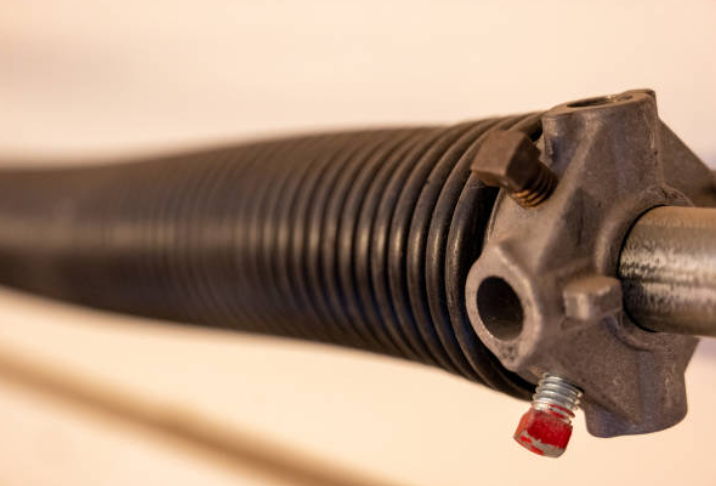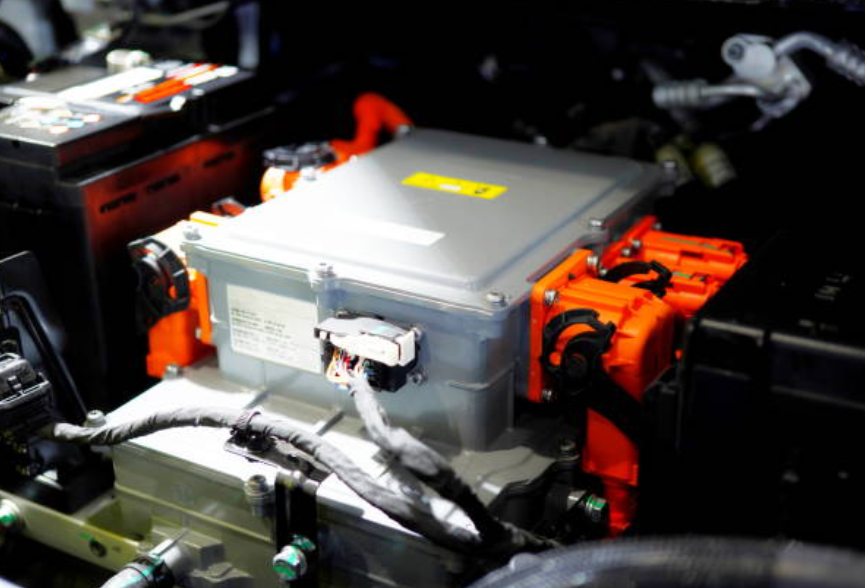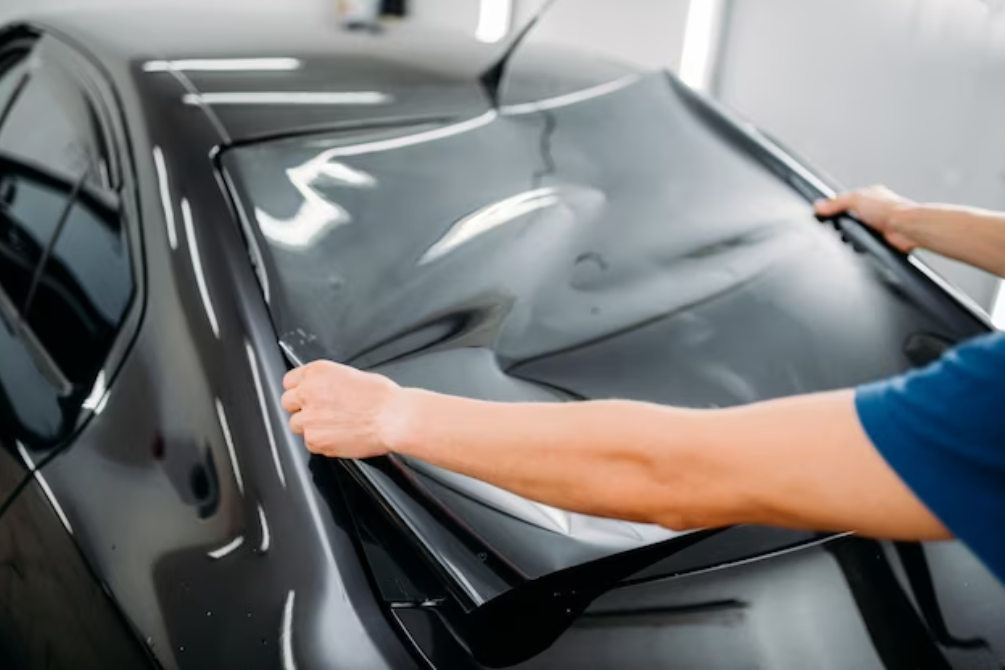The Most Effective Way to Remove Paint Transfer From Your Car
Did you know that the cosmetic issue would be significantly impacted by the paint that was transferred from the car? - Continue reading to find out how to easily remove paint transfer from an cars !
.png)
Dealing with paint transfer on your car can feel like a daunting and intimidating task. Knowing how to properly remove all traces of the paint, without damaging your vehicle's exterior, can make it even more of a challenge. But never fear! Our expert tips will help you get rid of that unwanted paint transfer quickly and effectively so you have time to concentrate on other aspects of upkeep for your precious car. So if you're looking for the best way to remove paint transfer from your car, keep reading - we've got what you need!
Understanding Paint Transfer and What Causes It

The simplest definition of paint transfer is when another object contacts the surface of your automobile and leaves a mark or residue. Typically, this appears as a discoloration, which can be anything from barely perceptible to outright repulsive. It might be anything from bird droppings or tree sap to sand or other debris stirred up by passing automobiles, depending on the kind of object that caused the harm.
In rare circumstances, inappropriate washing methods, such as utilizing an abrasive sponge or abrasive chemical cleansers, may potentially be the cause of paint transfer. These products should not be used too frequently or carelessly since they are excessively harsh for sensitive vehicle surfaces and might result in permanent damage.
Many experts believe that small scratches can also cause paint transfer over time as dirt, dust, and other particles accumulate on exposed areas of the car body. This makes regular detailing sessions even more important in order to maintain your vehicle’s condition both inside and out; paying attention to minor imperfections now could save you major headaches – not to mention money – later on down the line.
Step 1: Cleanse the affected area.
You should thoroughly wash the damaged area before attempting to remove the paint transfer. Any dirt or debris that may have gathered on the surface will be helped to eliminate by doing this. To avoid damaging the paint, use a microfiber cloth and a mild vehicle wash soap.
Step 2: Use a clay bar.
After the area has been thoroughly cleaned, carefully scrub the paint transfer with a clay bar. Clay bars are made to remove impurities from paint's surface without harming the paint. To avoid scratching the paint, apply lots of lubrication, such as a fast detailer or clay lubricant.
Step 3: Apply some rubbing compound
Rubbing compound can be used if the paint transfer is difficult to remove with a clay bar. Use a clean microfiber cloth and a tiny quantity of the solution to gently massage the afflicted region in a circular motion. The paint transfer will be easier to remove as a result of this.
Srep 4: Polish and wax
To restore the sheen and maintain the paint, it's crucial to polish and wax the area once the paint transfer has been removed. To get rid of any swirl marks or scratches that the clay bar or rubbing compound could have left behind, use a good polish. To preserve the paint and provide a barrier against potential paint transfer, apply a coat of wax after painting.
-
Is it safe to use a clay bar on my car's paint?
Yes, a clay bar is safe to use on your car's paint as long as you use plenty of lubrication and work gently. The clay bar is designed to pick up contaminants from the surface of the paint without damaging it.
-
What should I do if the paint transfer won't come off with a clay bar?
If the paint transfer is stubborn and won't come off with a clay bar, you can try using a rubbing compound. Apply a small amount to a clean microfiber towel and rub it onto the affected area in a circular motion. This will help to break down the paint transfer and make it easier to remove.
Check out another blogpost here:













